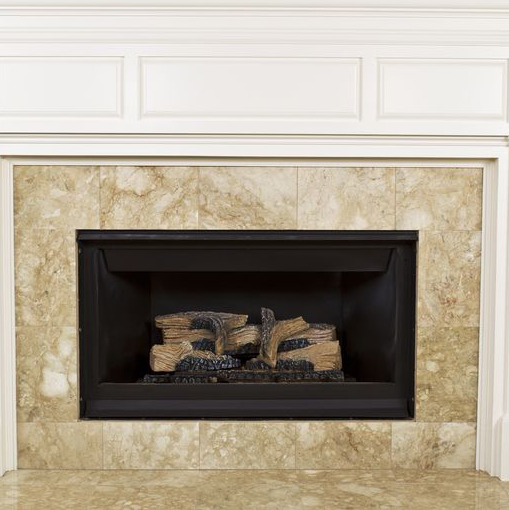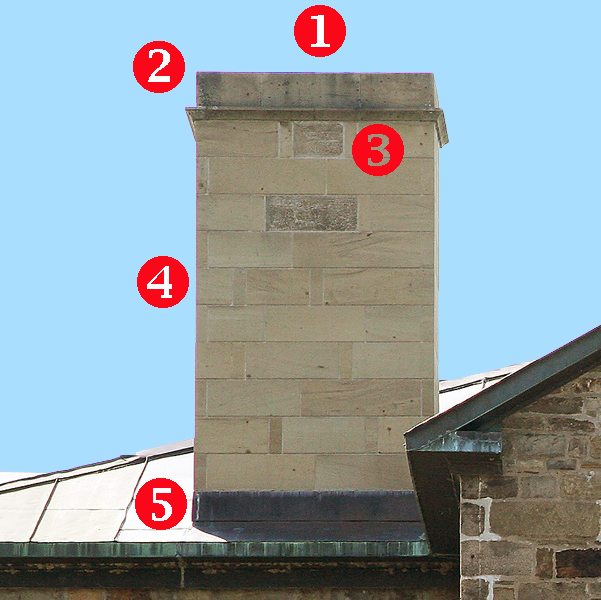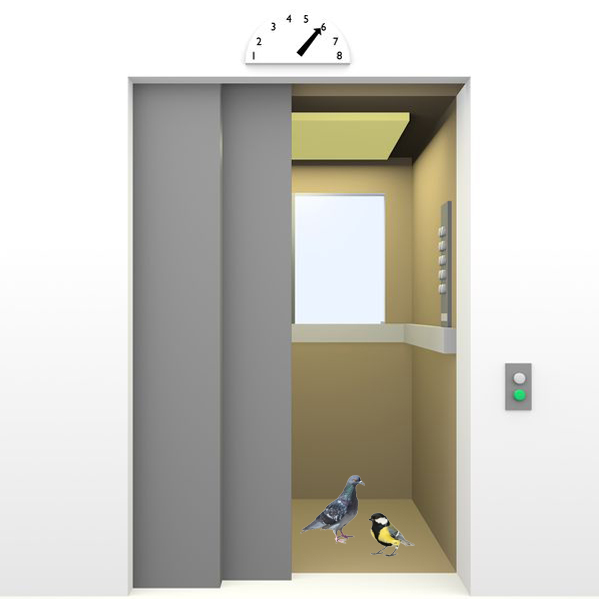by Susan
Share
by Susan
Share

Gas fireplaces need two things to work: fuel and a means of igniting the fuel.
Let’s troubleshoot these two critical elements if your gas fireplace will not ignite.
Check Fuel Supply If Gas Fireplace Will Not Ignite
If your gas fireplace won’t light when you turn it on, check the fuel supply. Is the gas valve near the fireplace open? If the fireplace runs on LP gas, is there fuel in the LP gas tank? Is the valve at the LP gas tank open? If the fireplace runs on natural gas, make sure any valves between the meter and the fireplace are open.
If gas is reaching the fireplace, but it still won’t light, the next step is to light the gas jets on the gas logs, manually, following the manufacturer’s instructions. If the logs light and stay lit, that proves that you have a supply of fuel and that the jets in the fire logs are not plugged by carbon build-up. It also suggests that the problem is in the ignition system.
Check Ignition If Gas Fireplace Will Not Ignite
If the vent free gas logs or vented gas logs still will not ignite, the most likely culprit is a dirty pilot light, or a pilot light that is not lit. If the pilot light is out, follow the manufacturer’s guidelines for re-lighting it. If the pilot light device is burning with a yellow flame, turn off the gas valve to the fireplace , take the pilot light device apart and clean it. After you clean and replace the pilot light device, it should burn with a strong blue flame, and it should ignite the fire logs.
If the pilot light won’t stay lit, the thermopile may have weakened over time. The thermopile translates heat from the pilot light to electricity that opens the gas valve so the gas logs can light. Replacing it is a job for a certified gas technician.
For fireplaces ignited by a wall switch or by an electronic ignition device, the next step is to check the fuse or circuit breaker that powers the ignition. The fireplace should have its own circuit. If it’s on a circuit with other appliances, an overload can blow the fuse or circuit breaker. Replace a fuse if it’s blown or reset the circuit breaker if it is tripped. Move the appropriate breaker to the off position and then back to the on position. Now try to light the fireplace. If it won’t light, there are two further things to check.
You can test the wall switch that turns some gas logs on by removing the wall plate, taking the switch out of its junction box and connecting the two wires on the switch to each other. If doing this lights the logs, replace the switch. There’s only about 1 volt in this system, so it’s perfectly safe to connect the two wires. Just be sure you have the right switch. The switch for the gas fireplace may look exactly like a light switch with 110 volts!
Finally, inspect and clean the thermocouple and thermopile if they are coated in ash or soot. These two components are heated by the pilot light and perform related functions. One of these devices is located on each side of the pilot light. You can clean them with a small stainless steel wire brush and extra fine (000) steel wool.
If the thermocouple and thermopile are coated in soot, your gas logs probably are, too. Although that won’t keep your gas fireplace from lighting, you will want to clean the logs with a gas log cleaner. If it is time to replace or upgrade the logs for your gas fireplace, make sure you purchase the correct type to match your fireplace: gas logs for vented fireplaces or gas logs for vent free fireplaces.
You have now completed all of the Do-it-Yourself tasks involved in making your gas fireplace work. If the gas fireplace will not ignite after you complete these check-up steps, contact a certified gas technician.
5 Ways to Prevent Chimney Leaks A leaking pipe, a leaking roof, a leaking window, a leaking chimney – none of them is good. Here are 5 ways make your chimney leak-proof and prevent chimney leaks. See how to fix chimney leaks and prevent them in, through and around your chimney. #1 Way to Prevent Chimney Leaks: Install a […]
When is a headache, nausea, and fatigue not “just the flu” and, instead, carbon monoxide poisoning? And how can you prevent carbon monoxide poisoning in your home? Every year 20,000 Americans are treated in emergency rooms for carbon monoxide poisoning. But many of those at first thought they were dealing with a run-of-the-mill bug. Those […]
Which of these summer fireplace myths do you believe? Learn the facts that might surprise you about fireplaces in summertime. Summer Fireplace Myth #1: Since you won’t be burning a fire in hot weather, your fireplace will have to suffer from Black Hole Syndrome. A fireplace candelabra brings the tiny fires of candlelight to your fireplace without […]
Some people find a bird stuck in their chimney or fireplace and panic. Others search for a solution such as the ones we offer for removing a bird stuck in chimney or sitting in a fireplace. The most creative come up with their own unique solution for a bird stuck in chimney. That’s what Nic did when […]




You might want to spellcheck your article. You have used “chick” instead of “check.”
Dale, spell chick or spell check? Thanks for catching our typo! We appreciate your letting us know, and we are glad it is now correct due to your sharp eye.